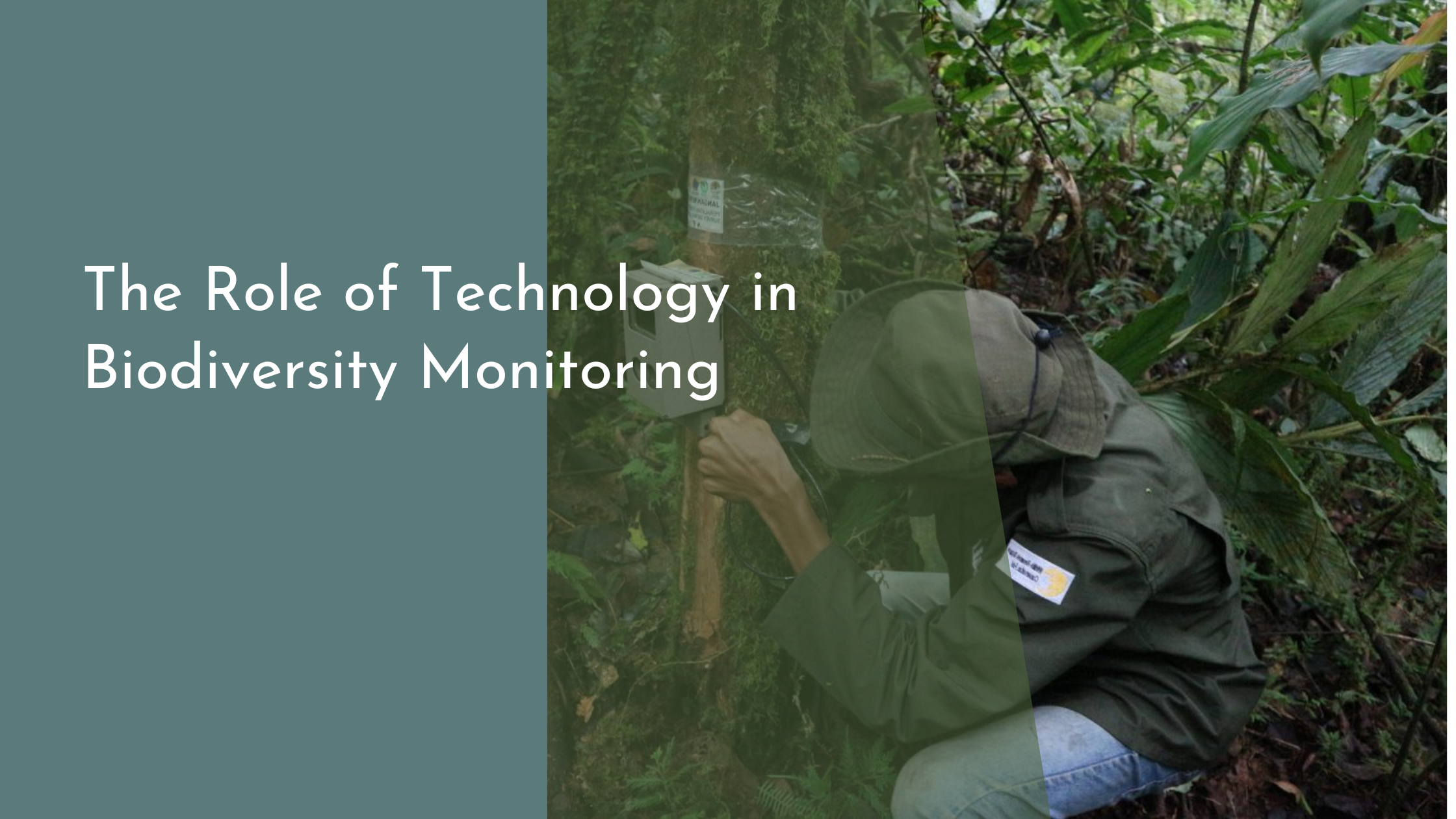The Role of Technology in Biodiversity Monitoring
In recent years, the role of technology in biodiversity monitoring has become increasingly prominent, offering new possibilities and solutions for conservationists worldwide. As environmental challenges continue to escalate, the integration of advanced tools and technologies has enabled researchers and citizens alike to track and protect the diversity of life on Earth with unprecedented precision and efficiency. This article explores how innovative technologies are revolutionizing the field of biodiversity monitoring, highlighting key tools and methods that are shaping a brighter future for our planet’s ecosystems.
Innovative Tools Enhancing Biodiversity Tracking
The advent of innovative tools and technologies has significantly enhanced our ability to track biodiversity, providing detailed insights into species populations and their habitats. One of the primary tools in this arsenal is the use of remote sensing technologies, which include drones, camera traps, and acoustic sensors. Drones have emerged as a powerful tool for conservationists, offering the ability to cover large areas quickly and efficiently. These unmanned aerial vehicles can capture high-resolution images and videos, helping researchers to monitor changes in ecosystems and detect the presence of elusive species with minimal disturbance to the environment.
Camera traps and acoustic sensors further enrich this technological toolkit. Camera traps, equipped with motion sensors, are strategically placed in habitats to capture images of wildlife, providing invaluable data on species presence and behavior. Acoustic sensors, on the other hand, record environmental sounds, capturing the calls of birds, frogs, and other animals to assess the diversity and abundance of species in a given area. These technologies, when combined, offer a comprehensive picture of biodiversity, enabling more informed conservation strategies and actions.
Satellite Imagery: A Bird’s Eye View on Ecosystems
Satellite imagery has revolutionized the way we monitor and study ecosystems, offering a bird’s eye view of the Earth’s biodiversity. These images provide a global perspective on land cover changes, deforestation, and habitat fragmentation, allowing scientists to track environmental changes over large areas and long periods. The use of satellite imagery in biodiversity monitoring is particularly valuable for assessing remote or inaccessible regions where traditional data collection methods may be challenging or impossible.
One of the key advantages of satellite technology is its ability to provide consistent and repeatable data, which is essential for long-term monitoring and assessment. By analyzing changes in vegetation cover, water bodies, and urban sprawl, researchers can identify trends and patterns that might indicate shifts in biodiversity. This data is crucial for developing conservation policies and strategies aimed at preserving vital ecosystems and the species that inhabit them. The integration of satellite imagery with other data sources, such as field surveys and citizen science initiatives, creates a powerful synergy that enhances our understanding and ability to protect biodiversity.
Citizen Science: Engaging Communities in Monitoring
Citizen science has emerged as a powerful force in biodiversity monitoring, engaging communities worldwide in the conservation effort through technology. With the proliferation of smartphones and apps, individuals can now contribute valuable data on species sightings, distribution, and behavior. Platforms like iNaturalist and eBird allow users to document and share their observations, creating a rich database that scientists can use to track changes in biodiversity and identify areas of concern.
The involvement of citizen scientists not only expands the scope and scale of biodiversity monitoring but also fosters a deeper connection between people and nature. By participating in data collection and analysis, individuals gain a greater appreciation for biodiversity and the challenges it faces. This engagement promotes environmental stewardship and encourages community-driven conservation initiatives, creating a broader and more inclusive movement to safeguard our planet’s ecological wealth.
Embracing Technology: A Bright Future for Biodiversity
As technology continues to advance, its role in biodiversity monitoring is poised to grow even more significant, offering hope for the future of our planet’s ecosystems. Emerging technologies, such as artificial intelligence (AI) and machine learning, are already being harnessed to analyze vast amounts of biodiversity data more efficiently and accurately. These technologies can identify species from images or sounds, detect patterns, and predict trends, providing critical insights for conservation planning and action.
The future of biodiversity monitoring lies in the integration and collaboration between different technologies and approaches. By combining satellite imagery, remote sensing, and citizen science data, a more comprehensive and accurate picture of biodiversity can be created. This holistic approach not only enhances our understanding of ecosystems but also empowers conservation efforts to be more targeted and effective. As we embrace these technological advancements, the prospects for sustaining and preserving biodiversity appear brighter than ever.
In conclusion, the integration of technology into biodiversity monitoring represents a transformative shift in how we understand and protect our natural world. From sophisticated tools like drones and satellite imagery to the grassroots involvement of citizen scientists, these technological innovations have expanded our capabilities and bolstered our efforts to conserve biodiversity. As we continue to harness and refine these technologies, we can look forward to a future where our efforts to protect the richness of life on Earth are more informed, inclusive, and impactful. Let us embrace this technological revolution and work together to ensure that biodiversity thrives for generations to come.

